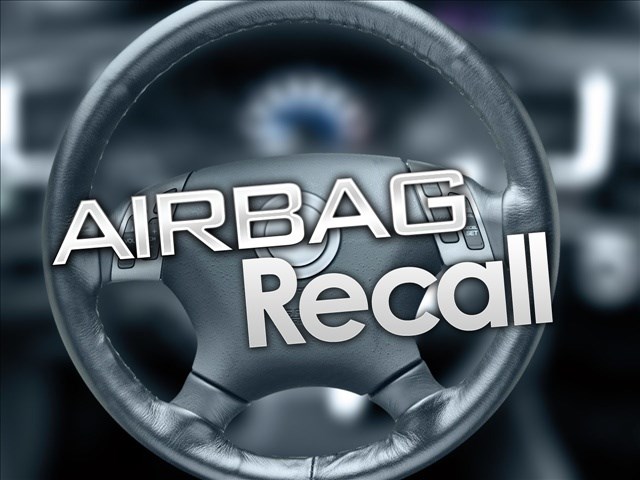Your First Response to a Crisis Might Be Your Next Crisis – The Takata Airbag Recall
Recently, several automobile manufacturers have issued recalls for potentially defective airbags. These recalls are certainly crises for the automobile companies, but those recalls are not the most potentially devastating crises unfolding.
As a New York Times article describes, the airbag manufacturer, Takata, apparently knew, based on actual airbag testing ten years ago, that their airbags posed significant dangers to crash victims. Takata’s response to that knowledge was, allegedly, to hide the test results and leave the problem uncorrected.
That decision – that response to a crisis (delivery of dangerously defective products – the correction of which would have had a major negative financial impact on the company), ten years ago has resulted on a set of cascading crises involving ten major auto companies and the recall of as many as 16 to 17 million cars.
The magnitude of the crisis for those ten companies and for Takata is far greater than it would have been ten years ago. It’s unlikely that the recall will force any of the auto manufacturers into bankruptcy, but Takata faces a much greater risk. Takata could face not only the cost of replacing all 17 million of those airbags, but they could also face reimbursement of the costs of the ten manufacturers. The magnitude of the financial costs to Takata could well be insurmountable. Even if Takata survives the financial crisis, their reputation has been damaged for the foreseeable future – damage that can, and likely will, impact their bottom line.
If Takata had made the hard decision ten years ago, they could have burnished rather than tarnished their reputation and avoided today’s financial threat. While no one can recreate the decision process that the Takata executives relied on ten years ago, it is likely that they made the decision under significant time pressure. Time pressure is a serious threat because it can preclude a thorough and rigorous exploration of alternative action paths.
If Takata had an implemented business crisis-risk plan, it almost certainly would have included as obvious a risk as a massive product recall. With that risk included, the company would have thought through the alternatives and been able to deliberately and thoroughly develop contingency plans and decision alternatives and options. With those options available to the executives, time pressure would have been relieved and a more considered decision made – a decision that likely would have averted their crisis today.
Takata is not alone in making poor decisions under time pressure – decisions that created a subsequent crisis. WalMart’s executive decision to cover up unethical behavior by their Mexican executives, General Motors failure to correct ignition switch design flaws, Enron’s decision to bury financial risk – all, and many more, are examples of decisions made, most likely, under time pressure and without a business crisis-risk plan. These decisions all resulted in much more significant crises downstream.
 Developing a business crisis-risk plan in the deliberate environment outside of an actual crisis enables organizations to think through their actions rigorously and thoroughly. Such actions and decisions – explored in depth – will be better than decisions that are “hip shot” under the extreme pressure of a looming crisis. The P9 Rule applies (Proper Prior Prediction, Planning and Practice Prevents Pathetically Poor Performance).
Developing a business crisis-risk plan in the deliberate environment outside of an actual crisis enables organizations to think through their actions rigorously and thoroughly. Such actions and decisions – explored in depth – will be better than decisions that are “hip shot” under the extreme pressure of a looming crisis. The P9 Rule applies (Proper Prior Prediction, Planning and Practice Prevents Pathetically Poor Performance).
Guy Higgins is a Firestorm Principal in Colorado. An engineer by education, a technologist by avocation and a problem-solving leader, Guy is widely recognized for his ability to quickly see to the crux of an issue and to focus on a solution. Guy has solved problems in stable operations, in times of crisis, and for the long term. “The primary focus has to be on a viable solution – before technology, or processes or tools are considered. It’s all about solving the problem – as quickly as possible, while keeping a long range perspective.” Contact Guy Higgins
Related:
- Feds call for recall of ‘millions of vehicles’ over Takata air bags
- Recalls, uncertainty to push air bag maker Takata to wider loss
- Takata, Honda sued over death linked to faulty air bag
- Feds tell Takata to make air bag recall nationwide
 “What should we do now?” “What should we say?”
“What should we do now?” “What should we say?”